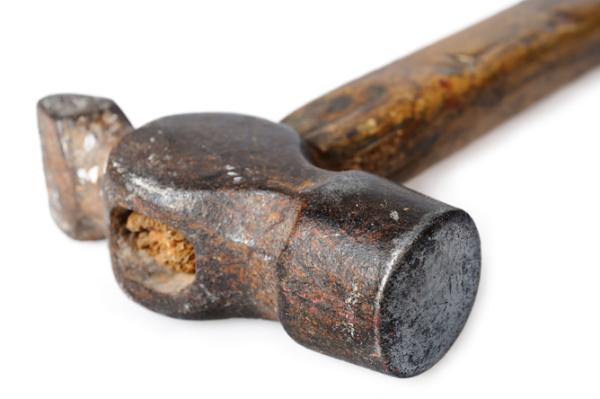Weighing the risks for Australia as China rebalances

James Laurenceson, Deputy Director, Australia-China Relations Institute, University of Technology Sydney |
This article appeared in The Conversation, August 27 2014.
China’s leaders have been vocal in their support of a new growth model, one where consumption leads the way. Economic commentators fret about what this means for Australia.
One view is that economic pain lies ahead. As the rate of resources and energy-hungry investment in China falls, commodities such as iron ore and coal will not fetch anything like the prices they did a few years ago. Investment in the natural resources sector will dry up.
As a result, in Dog Days: Australia after the boom, Ross Garnaut warned that without urgent policy attention Australia faced the prospect of a prolonged period of declining real wages and living standards.
Similar fears have since been expressed in Andrew Charlton’s Quarterly Essay, Dragon’s Tail: the lucky country after the China boom.
For good measure, The Economist picked up on the same theme and said that we are the country in Asia most exposed to the risks.
Australia has a clear stake in China’s economic rebalancing: the latest trade data reveal the annual value of our merchandise exports to China now exceeds $100 billion. This is more than double the value to our next most important customer, Japan.
But are the risks of China shifting towards consumption-led growth really so dire?
Sometimes even serious commentators can discount substantial bodies of research. In fact, other data suggests that any negative implications of rebalancing in China will be modest, and overall it is likely to be distinctly positive.
In 2011 and 2012, economists at the International Monetary Fund (IMF) modelled the international impact of Chinese rebalancing. They found the consequences for Australia would be negligible. Once again, it was our flexible exchange rate, the standout reform from the 1980s, that would buffer the Australian economy.
On the key point of commodities prices, the IMF and our own Bureau of Resources and Energy Economics (BREE) are in agreement: while prices may come off the boil, there is no bust in sight.
Consider iron ore, our largest export earner. Both expect prices out to 2019 will remain stable at around $90-$100 a tonne. Remember, the historical average is $20-$30.
In May, a detailed analysis by Treasury concluded our overall terms of trade (the ratio of export to import prices) will decline by 16% between 2012-13 and 2017-18, and then stabilise. Bad news at first blush, but factor in the exceptional increase of 80% in the previous decade and things don’t look drastic.
Investment in the resources and energy sector will fall as current projects are completed – BREE
notes that committed project investment is already down from a peak of $268 billion in April 2013 to $229 billion a year on.
Yet these falls are going to be offset by the extra output that new mines have made possible. BREE forecasts that in 2018-19 the value of our resources and energy exports will be up $108.4 billion. They add that while the investment phase of the commodities boom lasted for roughly five years, the output and export phase will last decades.
And there’s a bonus argument. China’s rate of investment is only one factor that determines its demand for resources and energy.
Another is its growth rate. Andrew Charlton raised concerns about it falling away but the best estimate of the World Bank continues to be that growth will remain solid at around 7% until 2020 and 5-6% in the decade after.
The 300 million new residents arriving in cities over the next 15 years will underpin it.
This feeds directly into demand for iron ore, coal and LNG.
Despite some commentary suggesting otherwise, rebalancing in China is unlikely to be sharp or sudden.
In each of the last five years, the rate of investment has been stuck at the the same level. There was some excitement in the first quarter of this year when consumption made almost double the contribution to growth that investment did. But by the end of the second quarter the two were again close to level pegging.
Any trend to greater consumption will accelerate the rise of China’s middle class.
Research by the Brookings Institution indicates the middle class will grow from 10% of the population in 2009 to more than 70% in 2030. That is, an increase of around 850 million people. This is six and half times the entire population of Japan, our second most important export destination. In a scenario where the rate of consumption is higher, the forecast rises by a further 100 million.
The opportunities for Australia will be golden - as nearly one billion new middle class Chinese demand their share of our non-resources sectors: agriculture, high-end manufacturing and services.
The real worry for Australia is that China will fail to rebalance. The dangers of a continuation of investment-led growth have been on ample show this week. After embracing the concept of consumption-led growth for a decade, let’s hope China’s leaders are finally up to the task.
Author
Professor James Laurenceson is Deputy Director of the Australia-China Relations Institute at the University of Technology Sydney.

